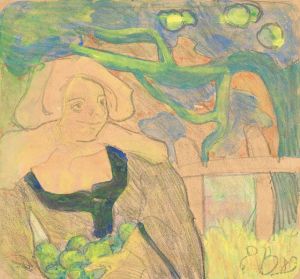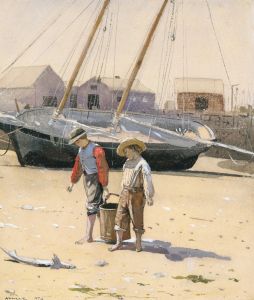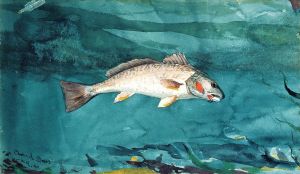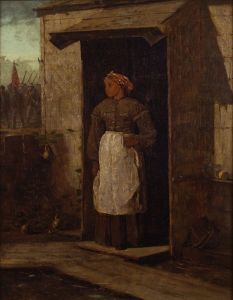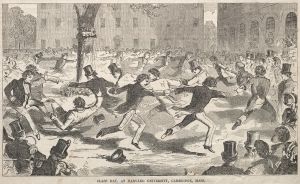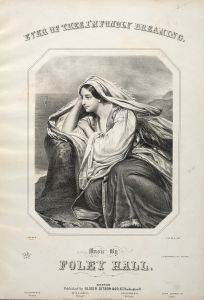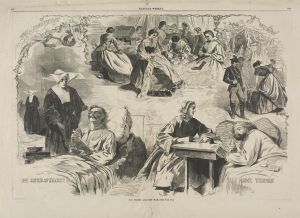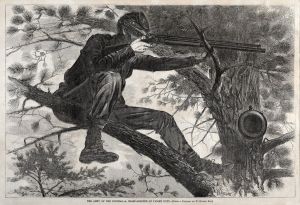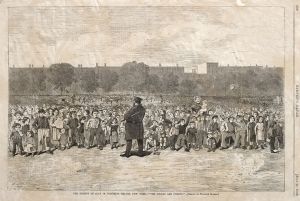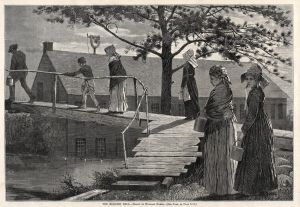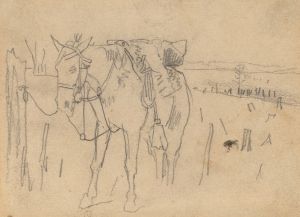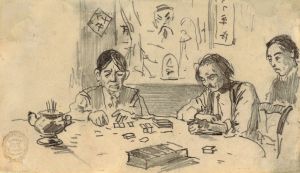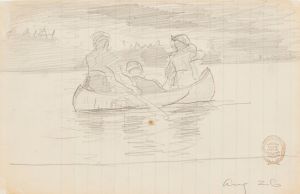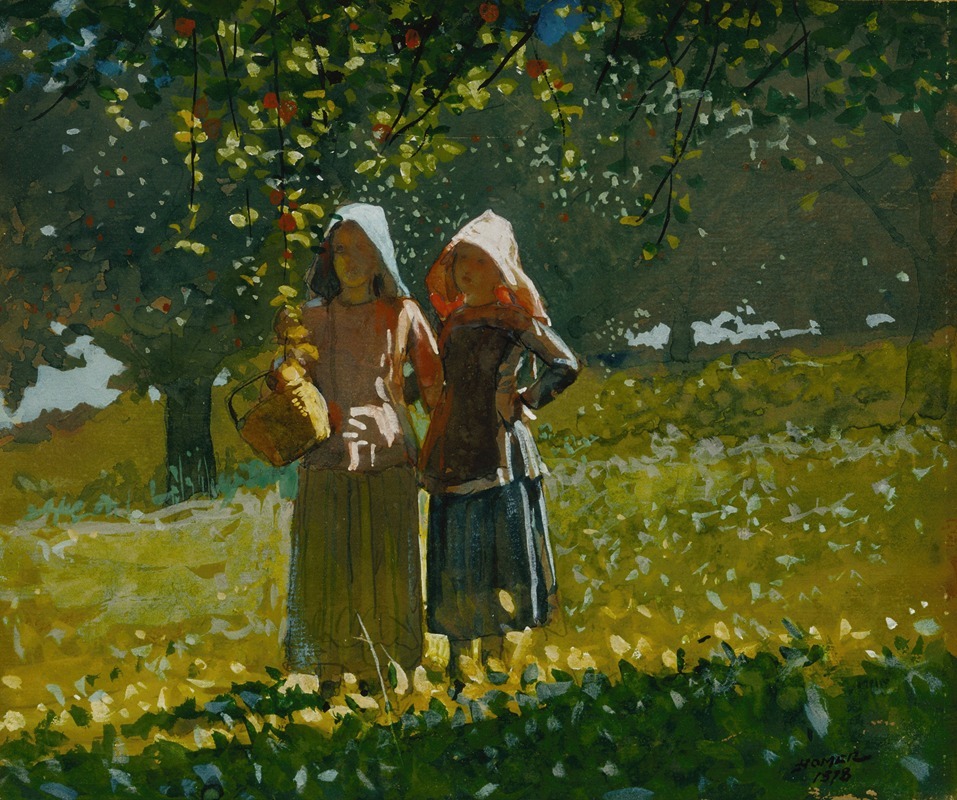
Apple Picking
A hand-painted replica of Winslow Homer’s masterpiece Apple Picking, meticulously crafted by professional artists to capture the true essence of the original. Each piece is created with museum-quality canvas and rare mineral pigments, carefully painted by experienced artists with delicate brushstrokes and rich, layered colors to perfectly recreate the texture of the original artwork. Unlike machine-printed reproductions, this hand-painted version brings the painting to life, infused with the artist’s emotions and skill in every stroke. Whether for personal collection or home decoration, it instantly elevates the artistic atmosphere of any space.
Winslow Homer, an American artist known for his landscape and marine subjects, created the painting "Apple Picking" in 1878. This work is a part of Homer's exploration of rural American life, capturing the simplicity and beauty of everyday activities. "Apple Picking" is an oil on canvas painting that reflects Homer's keen observation of nature and human interaction with the environment.
The painting depicts a scene of apple harvesting, a common activity in rural America during the late 19th century. In "Apple Picking," Homer illustrates a group of figures engaged in the act of gathering apples from a tree. The composition is balanced, with figures placed strategically to draw the viewer's eye across the canvas. The use of light and shadow in the painting highlights the time of day and adds depth to the scene, a technique Homer mastered throughout his career.
Homer's choice of subject matter in "Apple Picking" aligns with the American Realism movement, which sought to portray everyday life and ordinary people with authenticity and detail. This movement was a response to the rapid industrialization and urbanization of America, and artists like Homer aimed to preserve the essence of rural life through their work. The painting captures a moment of tranquility and productivity, emphasizing the connection between people and the land.
The color palette in "Apple Picking" is warm and earthy, with shades of green, brown, and red dominating the scene. These colors not only reflect the natural environment but also evoke a sense of nostalgia and simplicity. Homer's brushwork is both precise and expressive, capturing the texture of the foliage and the figures' clothing with great detail.
"Apple Picking" is part of a larger body of work by Homer that focuses on rural themes. During the 1870s, Homer spent time in the countryside, particularly in New England, where he was inspired by the landscapes and the people who inhabited them. This period of his career marked a shift from his earlier works, which often depicted scenes from the Civil War and urban life, to a more serene and pastoral focus.
The painting is housed in the collection of the Museum of Fine Arts in Boston, Massachusetts. It remains an important example of Homer's contribution to American art, showcasing his ability to capture the essence of rural life with both simplicity and depth. "Apple Picking" continues to be appreciated for its artistic merit and its representation of a bygone era in American history.
Winslow Homer's work, including "Apple Picking," has had a lasting impact on American art, influencing future generations of artists. His dedication to portraying the American experience with honesty and skill has cemented his place as one of the foremost painters of his time.





